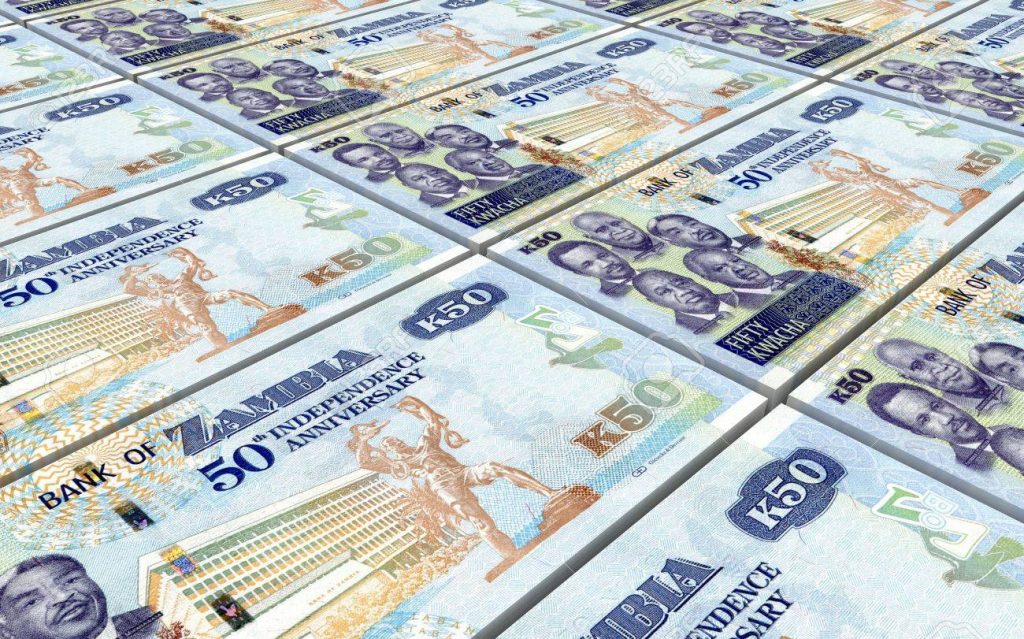Liquidity issues continue to plague financial markets in Africa’s red metal hotspot, as the Bank of Zambia recorded another disappointing outcome in its latest bond sale. With K1.8 billion of assets on offer, the central bank managed to secure only K766 million in bids. This result was expected given the tight monetary conditions. Zambia is contending with structural challenges and drought while navigating its debt restructuring process which is a whisker from completion.
READ ALSO: Currency Risks and Tight Liquidity Cast Shadow on Zambia’s Kwacha Bond Sale Ahead
A volatile currency is influencing investor behavior, suggesting that yields may need to rise to compensate for exchange rate risk. Supply constraints persist as mining production remains stagnant. Recently, the BOZ raised its cash reserve ratio by 9 percentage points to 26%, a move that has left the market net short, partly due to the redirection of government deposits to the central bank.
This bond sale comes just before the June 4 bondholders’ consent solicitation session on the London Stock Exchange, which aims to provide guidance on the long awaited asset (Eurobond) exchange. (The $3 billion worth of defaulted bonds maturing 2022,2024 and 2027 will be expected to morph into two negotiated fresh and clean bonds maturing 2033 and 2053). The market anticipates a potential ratings upgrade, but accepts that the process will start with an improved outlook before transitioning to an actual assessment improvement when the full debt restructuring completes. Structural headwinds, such as drought-induced power bottlenecks and agricultural production challenges, will likely offset any prospects of a higher credit rating. One reality that market is alive to a rating downgrade on its local currency rating on the back of rising headwinds.
Under-subscriptions signal budget funding gaps, especially as the sovereign seeks support due to shortfalls in its initial agricultural estimates and the need for power imports to plug the 750MW deficit. BOZ has consistently faced under-subscriptions in both bond and treasury offerings. Zambia’s 2024 budget of K173 billion risks requiring supplementary support due to unforeseen ‘black-swan’ events.
Yields remained largely unchanged, except for a minor increase of 3 basis points in the 10-year bucket, rising to 25%. Ninety-five percent of the sale was concentrated in the 5 to 10-year spectrum. Risk appetite remains skewed towards the long end as investors, likely pension funds, do take a long-term view on Zambia.
The Kwacha Arbitrageur

